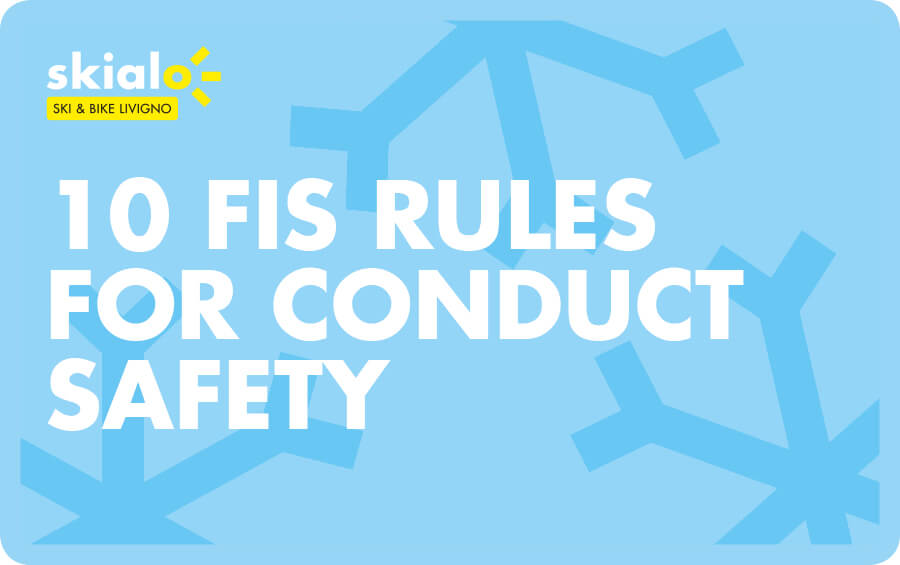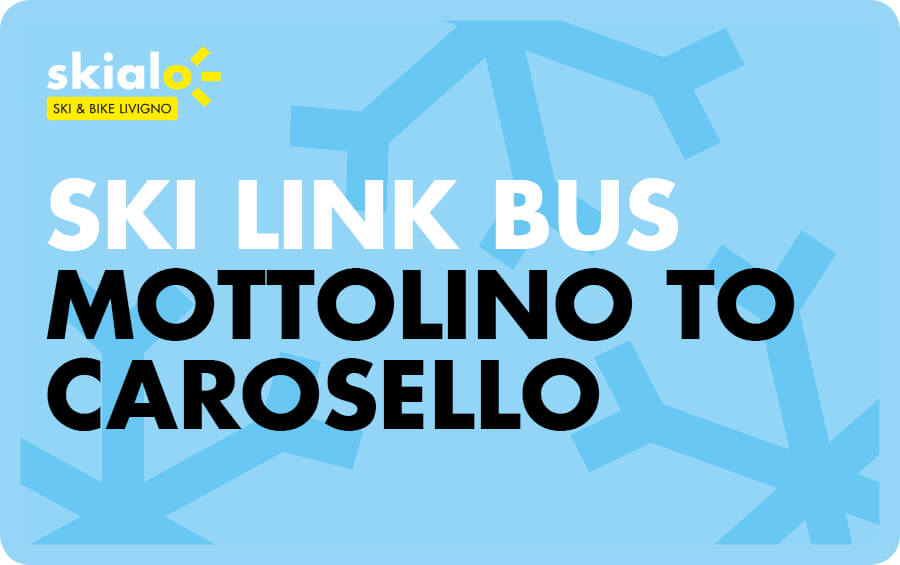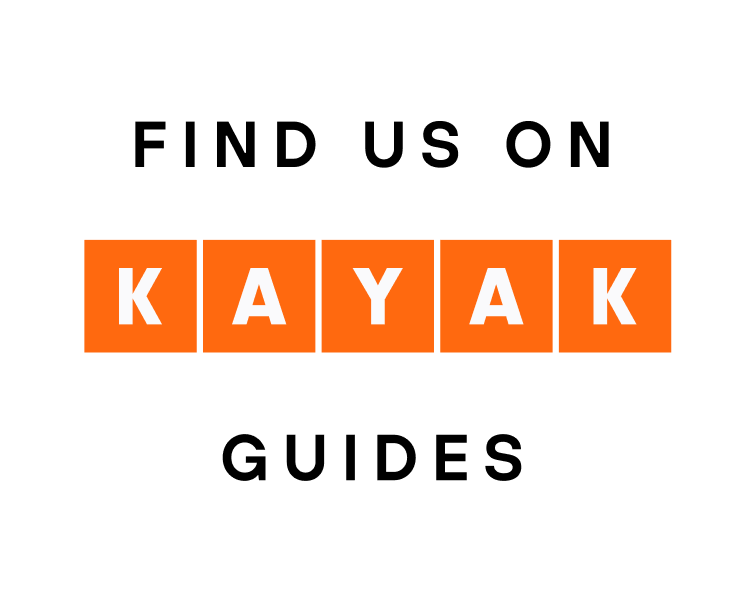- Category: Winter
- Created: 16 October 2018

Birth and evolution of the FIS rules of conduct
A first "Decalogue" was proposed in 1963 by Panathlon International, a sport and cultural association founded in Italy, and launched in December of the same year in about twenty ski resorts. The International Ski Federation (FIS) proposed its first version during the 1967 Beirut Congress, and later updated in the 1973 Famagusta Congress. The final guidelines as we know them today took place only in Portorose 2002. The regulation consists of 3 chapters, which define the correct behaviour for skiers and snowboarders (chapter 1), cross-country skiing (chap.2) and the respect of the environment.
The 10 FIS Rules for the Conduct of Skiers and Snowboarders
1. Respect for others
A skier or snowboarder must behave in such a way that he does not endanger or prejudice others. Skiers and snowboarders are responsible not only for their behaviour but also for their defective equipment. This rule also applies to those using the newly developed material. For those who rent, they must choose the proper equipment suitable for their skiing level. For example, a beginner skier must beware of getting the Atomic Redster G9, that is good only for expert skiers with good skills.
2. Control of speed and skiing or snowboarding
A skier or snowboarder must move in control. He must adapt his speed and manner of skiing or snowboarding to his personal ability and to the prevailing conditions of terrain, snow and weather as well as to the density of traffic. Collisions usually happen because skiers or snowboarders are moving too fast, out of control or have failed to see others. A skier or snowboarder must be able to stop, turn and move within the ambit of his own vision. In crowded areas or in places where visibility is reduced, skiers and snowboarders must move slowly especially at the edge of a steep slope, at the bottom of a slope and within areas surrounding ski lifts.
3. Choice of route
A skier or snowboarder coming from behind must choose his route in such a way that he does not endanger skiers or snowboarders ahead. Skiing and snowboarding are free activity sports, where everyone may move where and as they please, provided that they abide by these rules and adapt their skiing and snowboarding to their personal ability and to the prevailing conditions on the mountain. The skier or snowboarder in front has priority. The skier or snowboarder moving behind another in the same direction must keep sufficient distance between himself and the other skier or snowboarder so as to leave the preceding skier or snowboarder enough space to make all his movements freely.
4. Overtaking
A skier or snowboarder may overtake another skier or snowboarder above or below and to the right or to the left provided that he leaves enough space for the overtaken skier or snowboarder to make any voluntary or involuntary movement. A skier or snowboarder who overtakes another is wholly responsible for completing that manoeuvre in such a way to cause no difficulty to the skier or snowboarder being overtaken. This responsibility rests with him until the overtaking manoeuvre has been completed. This rule applies even when overtaking a stationary skier or snowboarder.
5. Entering, starting and moving upwards
A skier or snowboarder entering a marked run, starting again after stopping or moving upwards on the slopes must look up and down the slopes that he can do so without endangering himself or others. Experience proves that joining a slope or starting again after stopping is the sources of accidents. It is absolutely essential that a skier or snowboarder finding himself in this situation enters the slope safely and without causing an obstruction or danger to himself or others. When he has started skiing or snowboarding properly again – even slowly – he has the benefit of rule 3 as against faster skiers and snowboarders coming from above or behind. The development of carving skis and snowboards allows their users to carve and turn upwards on the slopes. Hence they move opposite to the general downhill traffic. They must, therefore, make sure in time that they can do so without endangering themselves and others.
6. Stopping on the slope
Unless absolutely necessary, a skier or snowboarder must avoid stopping on the slope in narrow places or where visibility is restricted. After a fall in such a place, a skier or snowboarder must move and clear of the slope as soon as possible. Except on wide slopes, stops must be made at the side of the slope. One must not stop in narrow places or where it is difficult to be seen from above.
7. Climbing and descending on foot
A skier or snowboarder either climbing or descending on foot must keep to the side of the slope. Moving against the general direction poses unexpected obstacles for the skiers and snowboarders. Footprints damage the slope and can cause danger to skiers and snowboarders.
8. Respect for signs and markings
A skier or snowboarder must respect all signs and markings. The degree of difficulty of a slope is indicated in black, red, blue or green. A skier or snowboarder is free to choose whichever slope he wants. The slopes are also marked with other signs showing direction or giving warnings of danger or closure. A sign closing a slope, like one denoting danger, must be strictly observed. Skiers and snowboarders should be aware that warning signs are posted in their own interests.
9. Assistance
At accidents, every skier or snowboarder is duty-bound to assist. It is a cardinal principle for all sportsmen that they should render assistance following an accident independent of any legal obligation to do so. Immediate First Aid should be given, the appropriate authorities alerted and the place of the accident marked to warn other skiers and snowboarders. FIS hopes that a hit and run offence in skiing and snowboarding will incur a criminal conviction similar to hit and run an offence on the road and those equivalent penalties will be imposed by all countries where such legislation is not already in force.
10. Identification
Every skier or snowboarder and witness, whether a responsible party or not, must exchange names and addresses following an accident. Witnesses are of great importance in establishing a full and proper report of an accident and therefore everybody must consider that it is the duty as a responsible person to provide information as a witness. Reports of the rescue service and of the police as well as photographs are of considerable assistance in determining civil and criminal liability.
Why follow the FIS rules of conduct
As providing the Ski Rental Livigno service, Skialo promotes a safe and responsible behaviour on ski slopes. Skiing and Snowboarding like all sports entail risks. The FIS Rules must be considered an ideal pattern of conduct for a responsible and careful skier or snowboarder and their purpose is to avoid accidents on the slope. The FIS Rules apply to all skiers and snowboarders, that are obliged to be familiar with and to respect them. If he fails to do so, his behaviour could expose him to civil and criminal liability in the event of an accident: enjoy your favourite snow sport responsibly!









